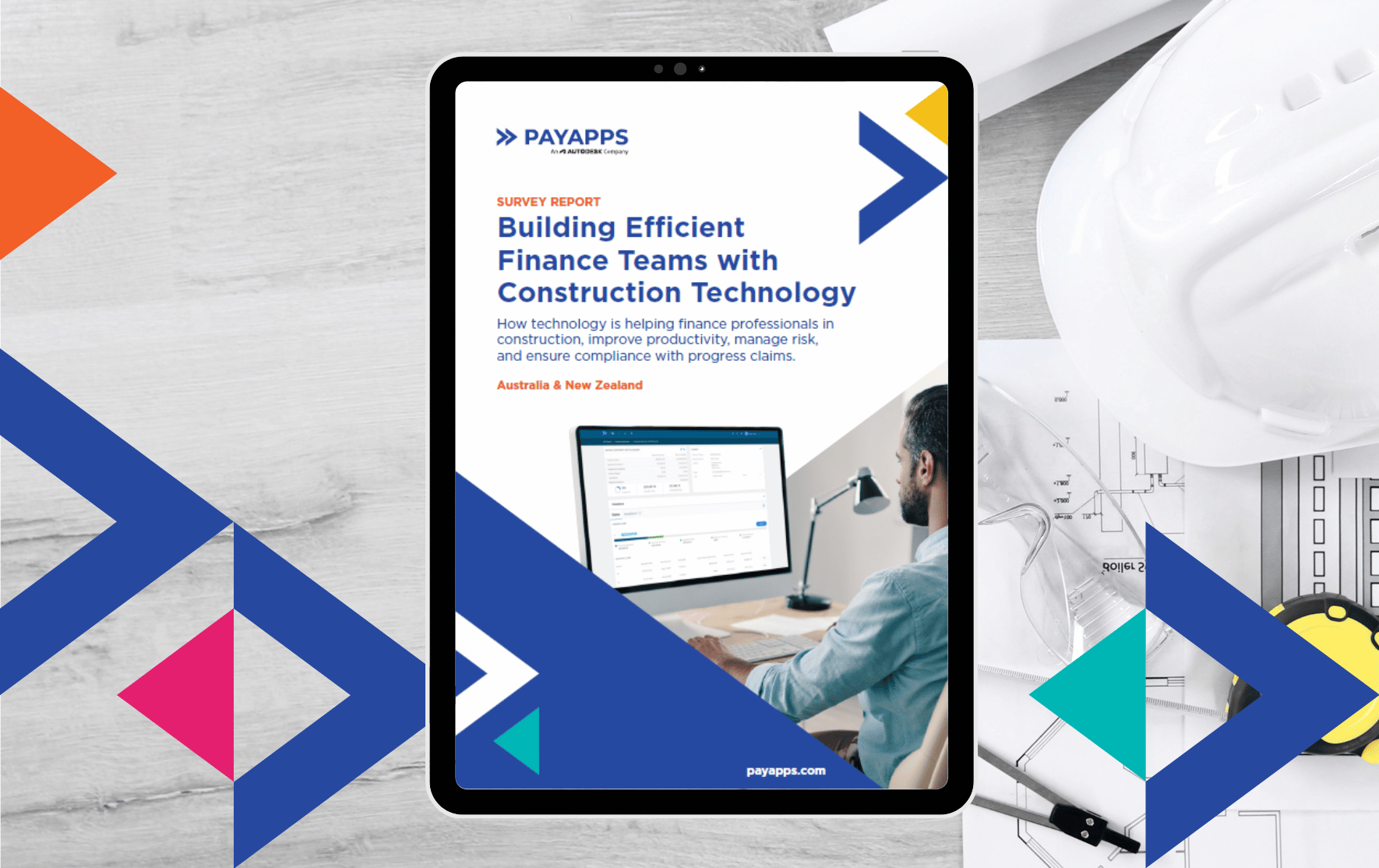The majority of clients and head contractors say they can’t trust their subcontractors to any appreciable degree – 68% according to KPMG. Equally, subcontractors feel they can’t rely on their head contractors, citing a number of reasons from poor payment processes and contract complexity through to poor planning and communication.

We touch on five key practices construction businesses should adopt to generate trust and credibility along their supply chain.
1. IMPROVED VISIBILITY OF OPERATIONS AND PLANS ACROSS THE SUPPLY CHAIN
There are a few simple remedies that both head contractors and their subcontractors can apply to improve planning, communication, cash flow and productivity.
Head contractors often face local subcontractor recruitment challenges, which are particularly acute at half-year and year-end. However, if they gave their main subcontractors greater visibility into their future pipeline of work, they could plan their future needs more accurately together. To encourage this practice, subcontractors should foster a closer working relationship by proactively seeking out head contractors’ workload plans for the next year and keep communication lines open by attending their events.
With a consistent working relationship, head contractors and subcontractors could adopt shared processes and a common third-party platform for progress claim processes, which would serve to build trust through prompt payment.

2. IMPROVE SKILLS BY COLLABORATING WITH SUPPLY CHAIN PARTNERS
The construction industry may be growing, however, demand for new and enhanced infrastructure has led to significant skill shortages across the board. The Department of Employment has been the clearest example of the skill shortage, regularly updating its skill shortage list with construction trades including brick layers, painters, solid plasterers, roof, floor and wall tilers to name a few.
The skills crisis is a problem that will require orchestrated action. Main contractors already have a robust training infrastructure for their own employees. Extending this to more of their key subcontractors would help them meet quality and productivity challenges. Subcontractors should also proactively seek performance reviews to identify areas needing improvement so that training initiatives can be funded and targeted effectively.

3. BUILD TRUST THROUGH MORE COLLABORATIVE WORKING METHODS
Construction projects are effectively temporary enterprises made up of many and varied smaller businesses who are relative strangers to one another. Along the supply chain from the head contractor, there can be thousands of subcontractors working on a project.
Most projects are seeing little effort being put towards ensuring key supply chain members work well as a team. However, where there is a high degree of collaboration, there is more trust, leading to fewer disputes, or easier resolutions if they do arise. Two key areas to address are:
PROJECT DELIVERY
-
- Providing good leadership
-
- Setting the same goals
-
- More transparency around risks
CHANGE MANAGEMENT
-
- Aligning behaviour and targets with ‘best-for-project’ outcomes.
-
- Identify poor behaviour and processes early on and encourage open communication to resolve them.

4. TRANSPARENCY AND COLLABORATION IN CONTRACT MANAGEMENT
The current adversarial practices in contract management only serve to erode trust between head contractors and subcontractors. A senate inquiry in South Australia showed subcontractors didn’t want to speak out about not getting paid according to their contracts for fear of losing business.
Rather than trying to shift the risk of time and cost overruns onto their suppliers, head contractors and subcontractors should work together at the negotiating stage. From there, they can develop a mutual understanding of exactly what is needed for optimal delivery of the project, and test the subcontractor’s capabilities against requirements.

5. COLLABORATE TO IMPROVE PAYMENT PROCESSES
Poor payment processes are seriously damaging subcontractors’ businesses and fuelling rancour across the industry as disputes escalate. Most businesses rely on disparate, slow, error-prone manual processes for handling progress claims. All parties have their own agenda and use their own totally separate, independent procedures and systems, where miscommunication, lack of visibility and missing or inaccurate documentation are all too common.
Better practice would involve both parties approaching their progress claim processes as if they were all part of the same team or business. This would mean working from a secure and transparent system based on shared information and data, replacing their fragmented legacy payment systems and eliminating the delays in payment approval.







